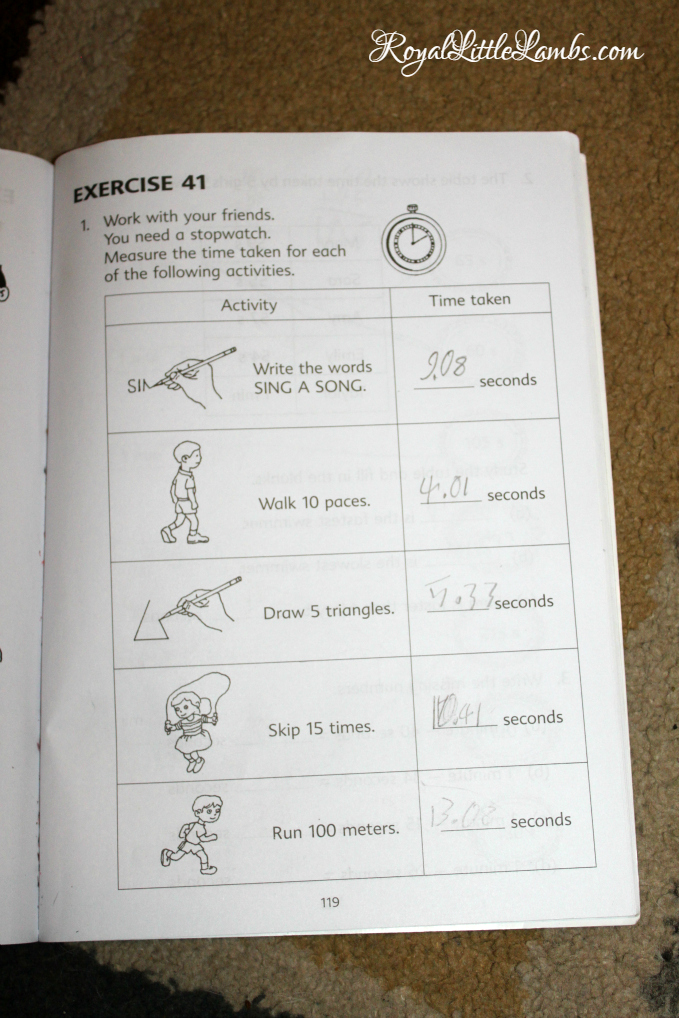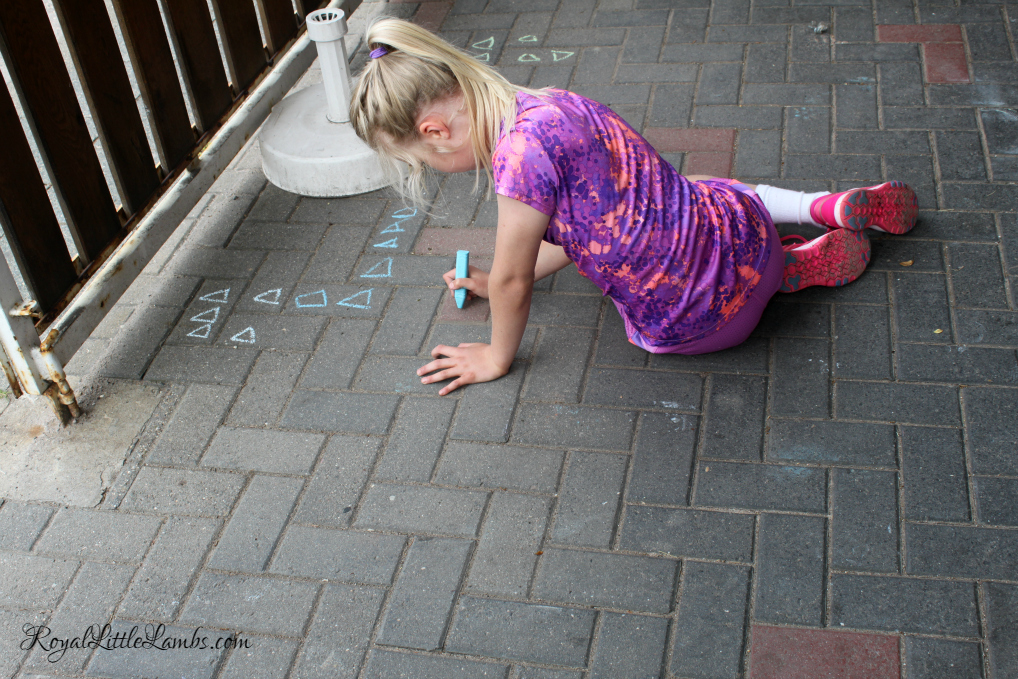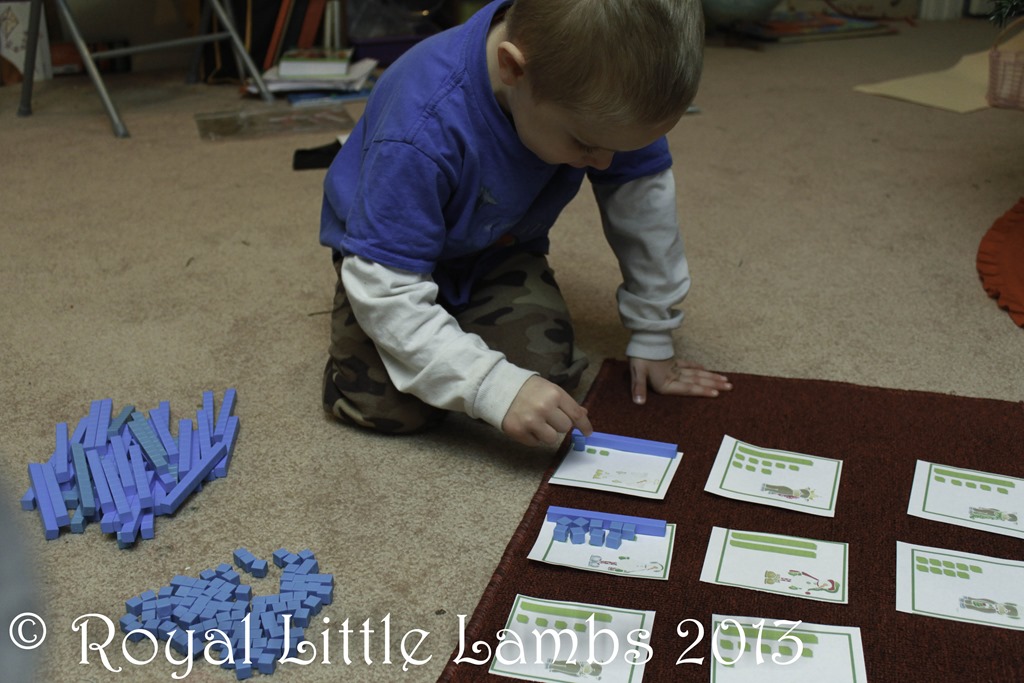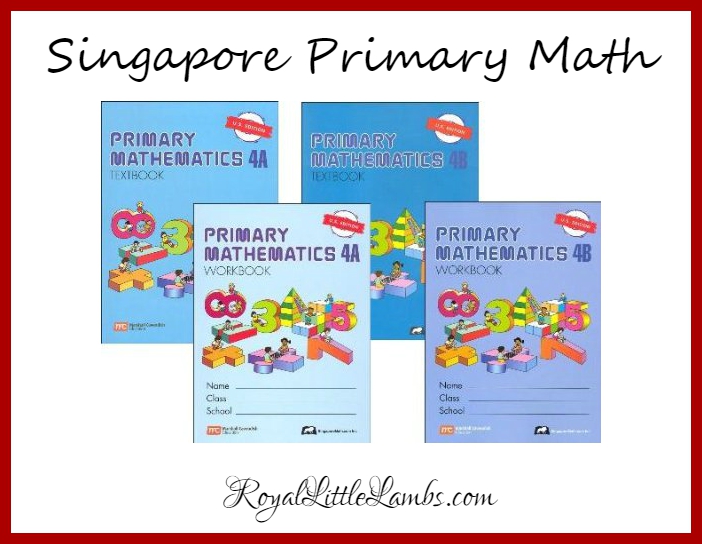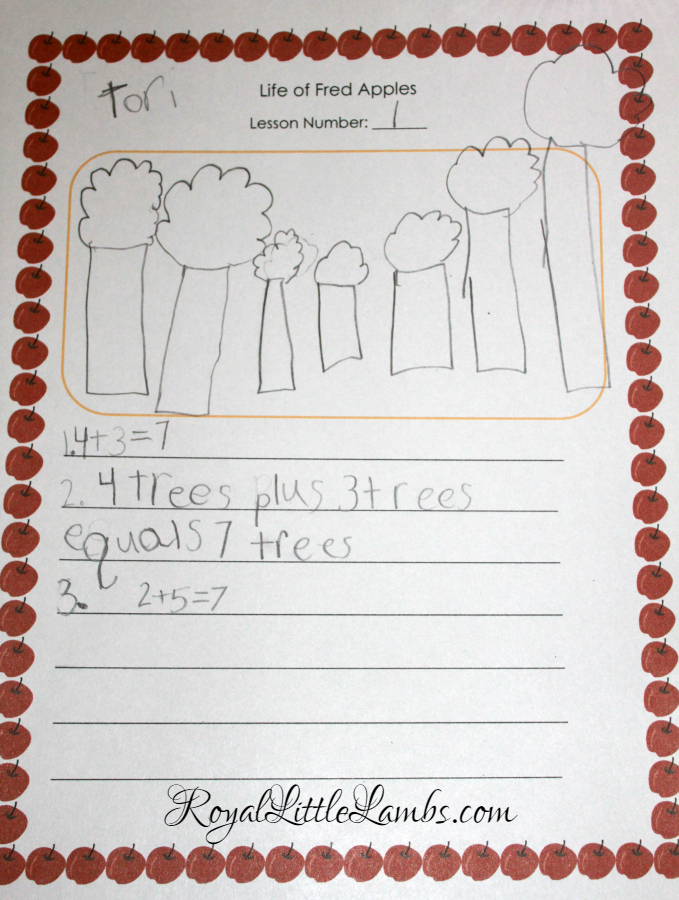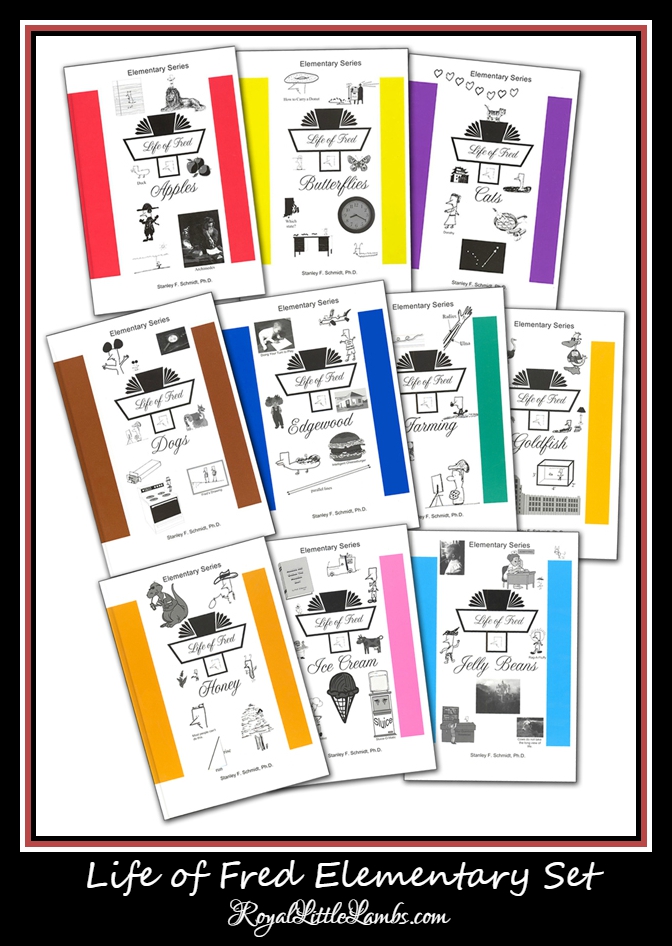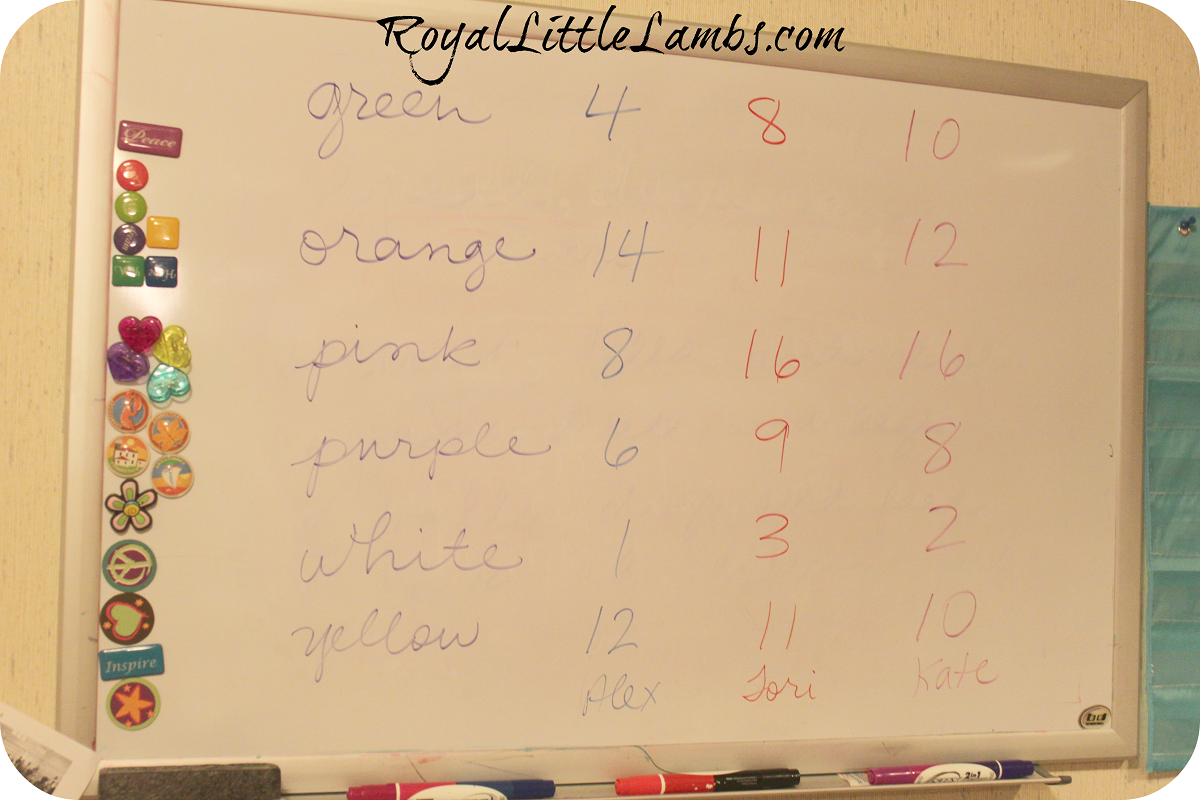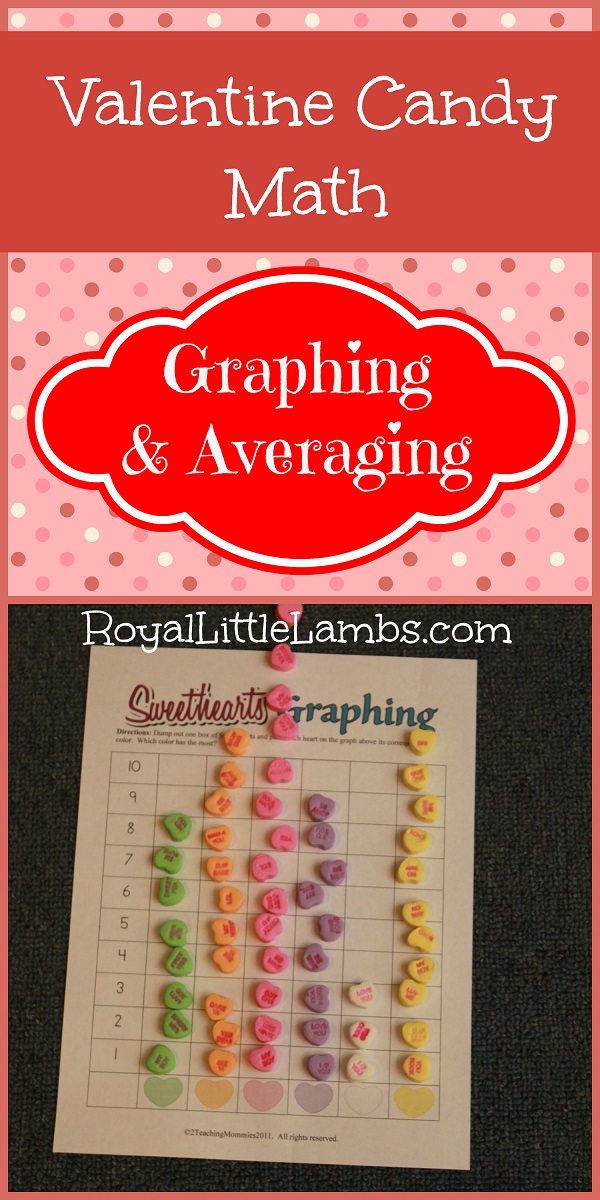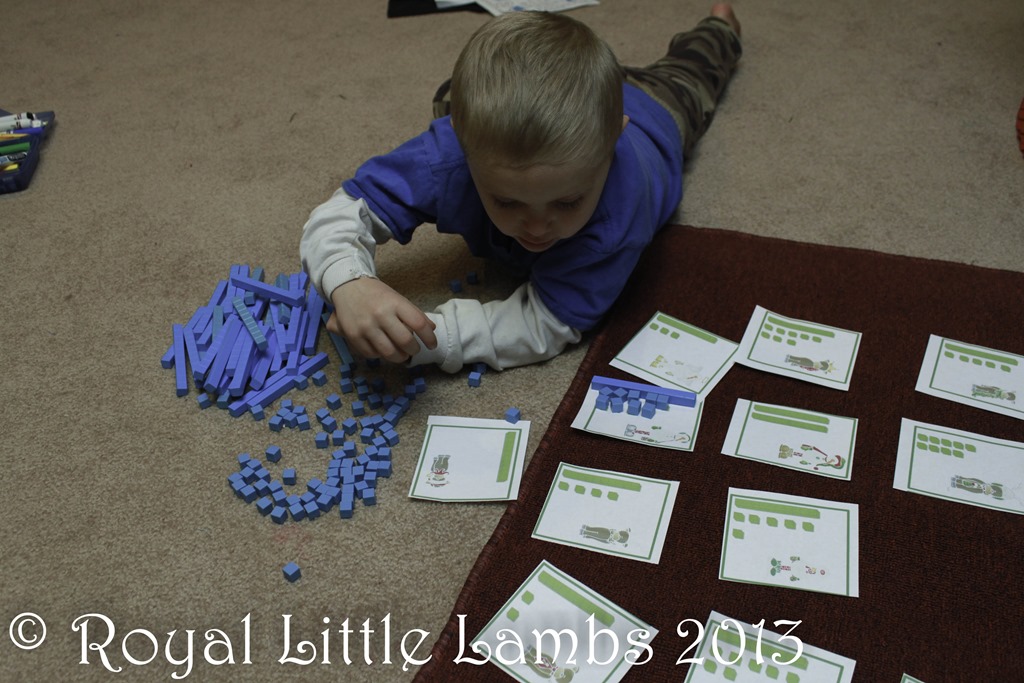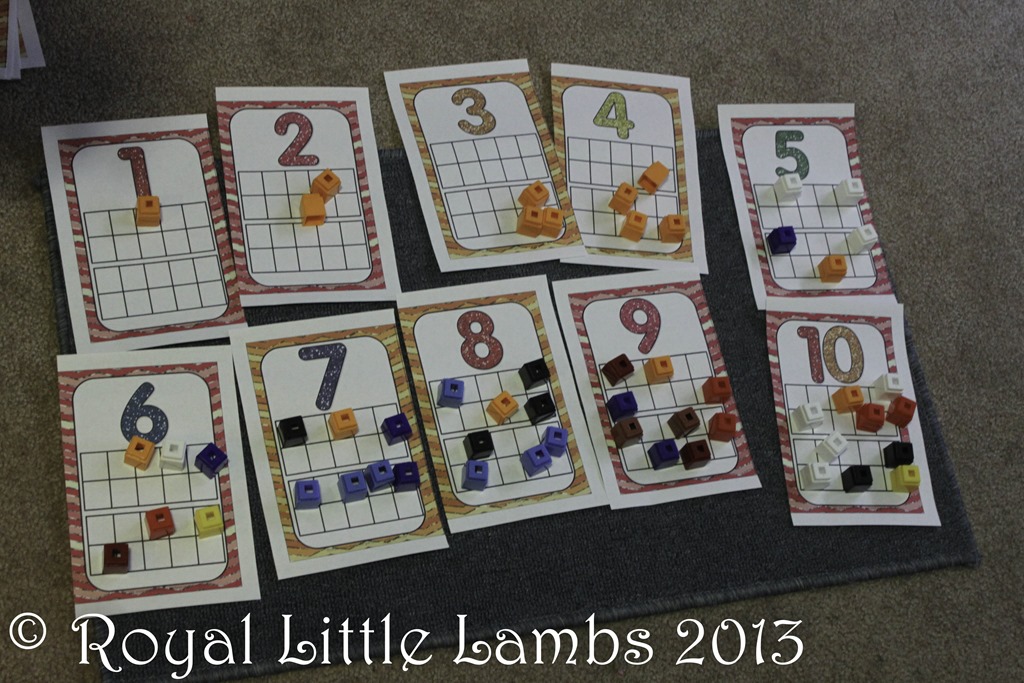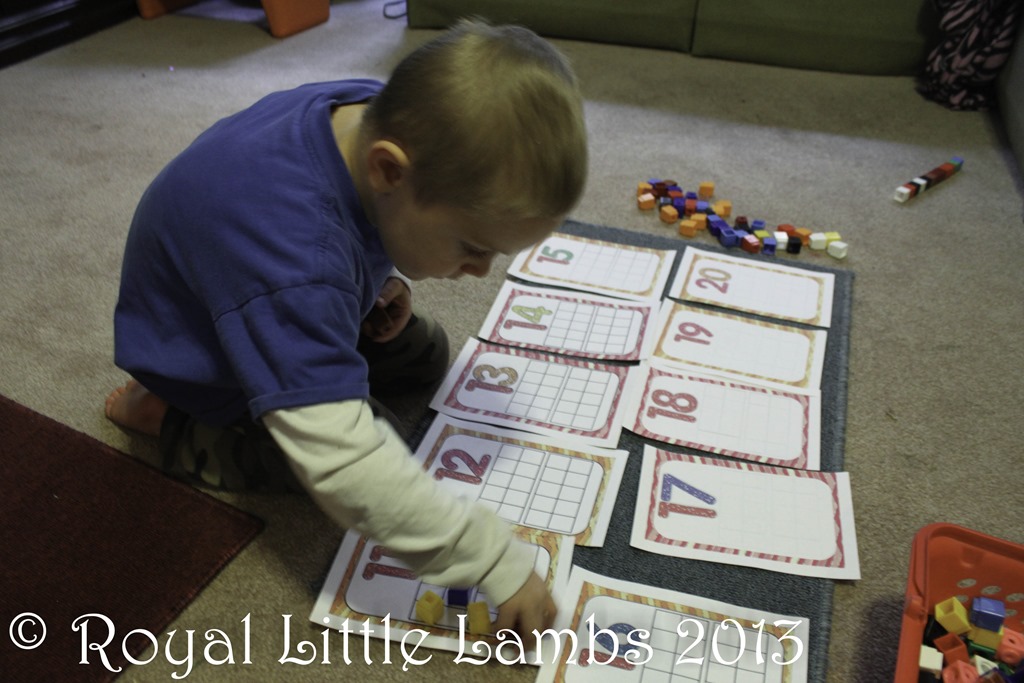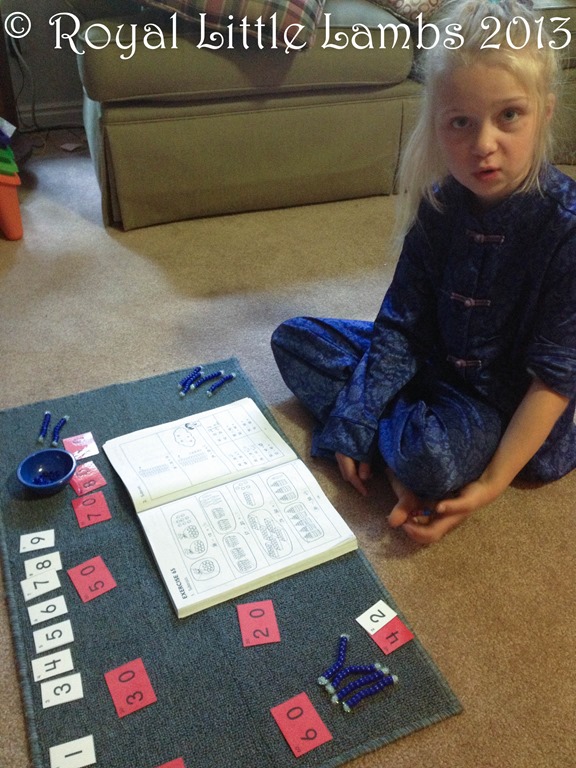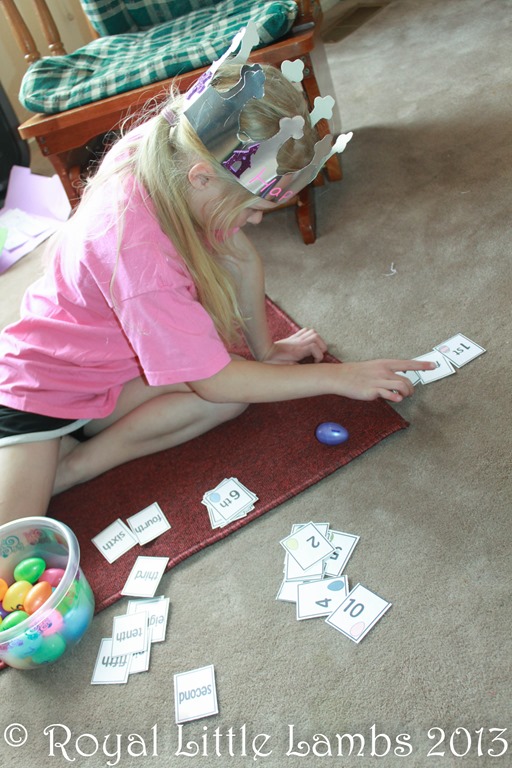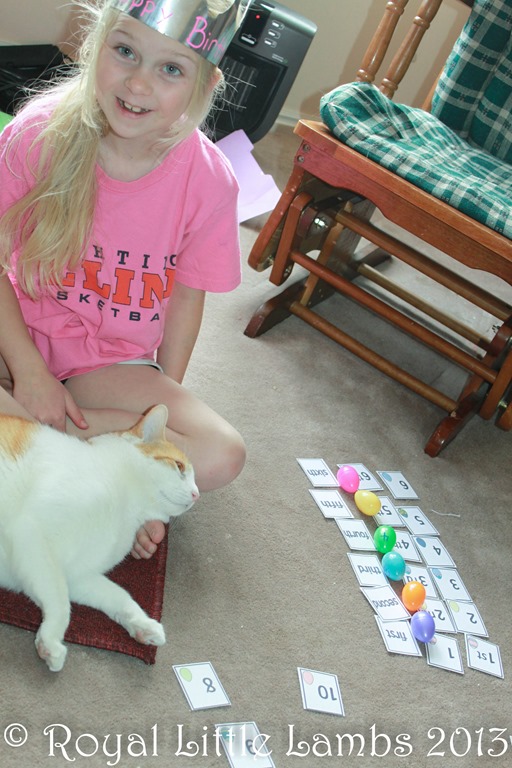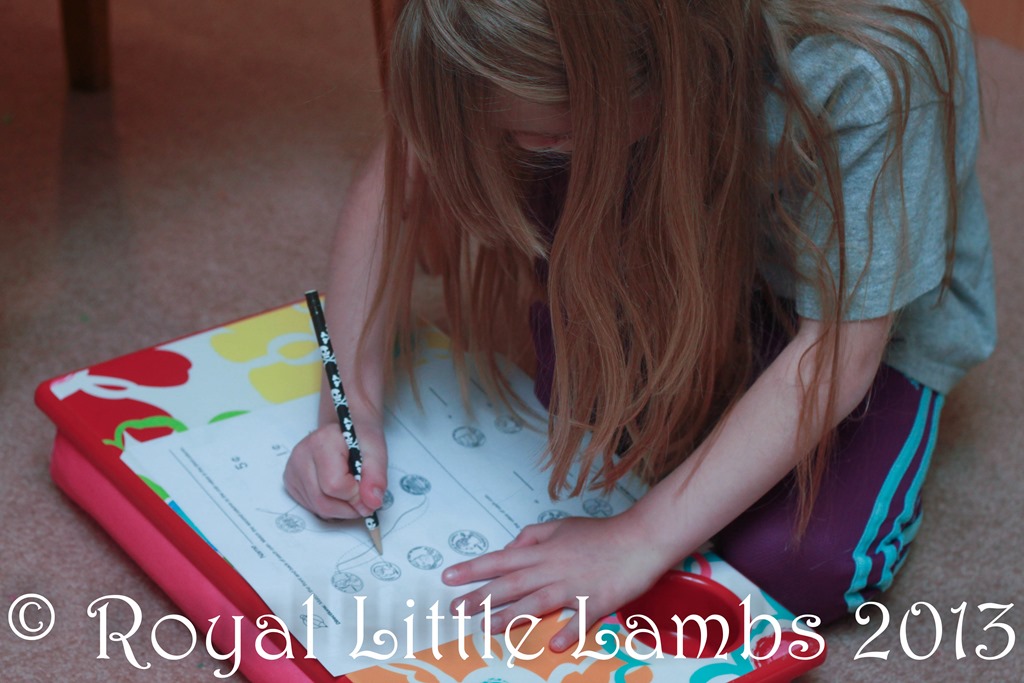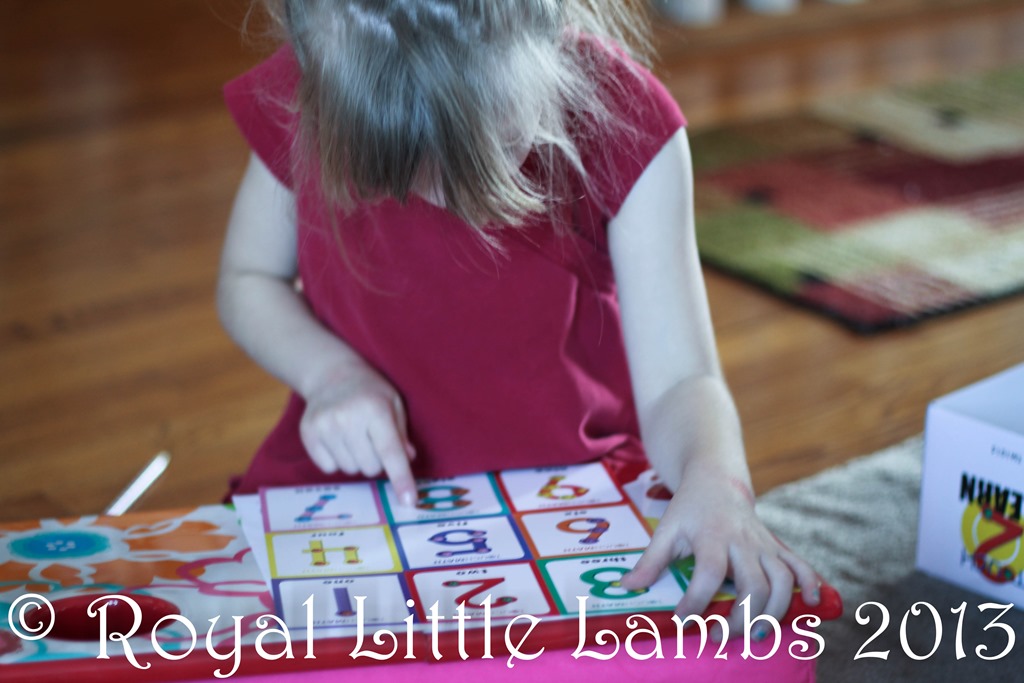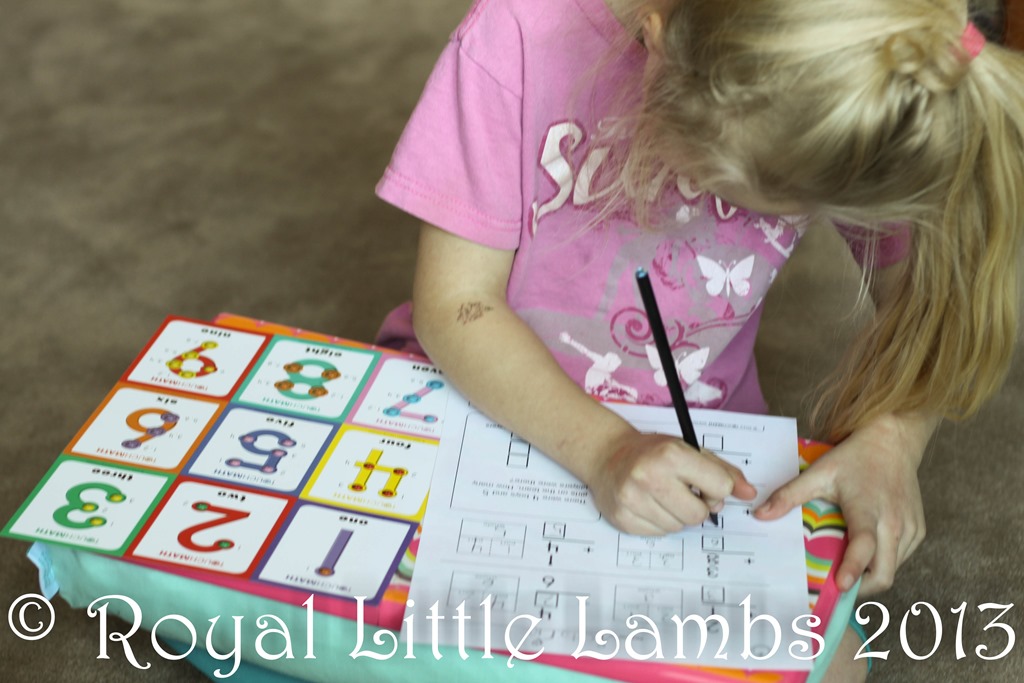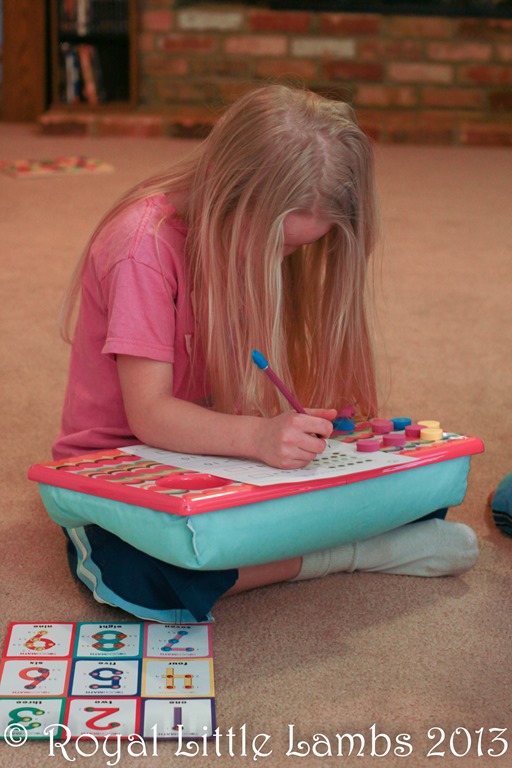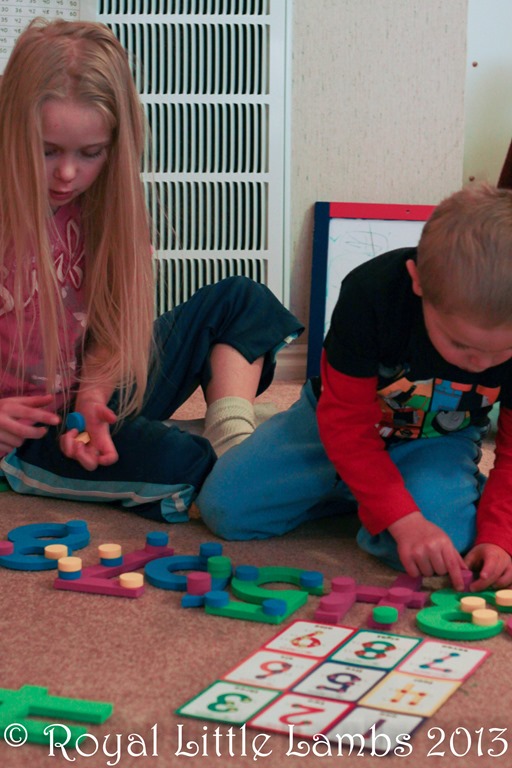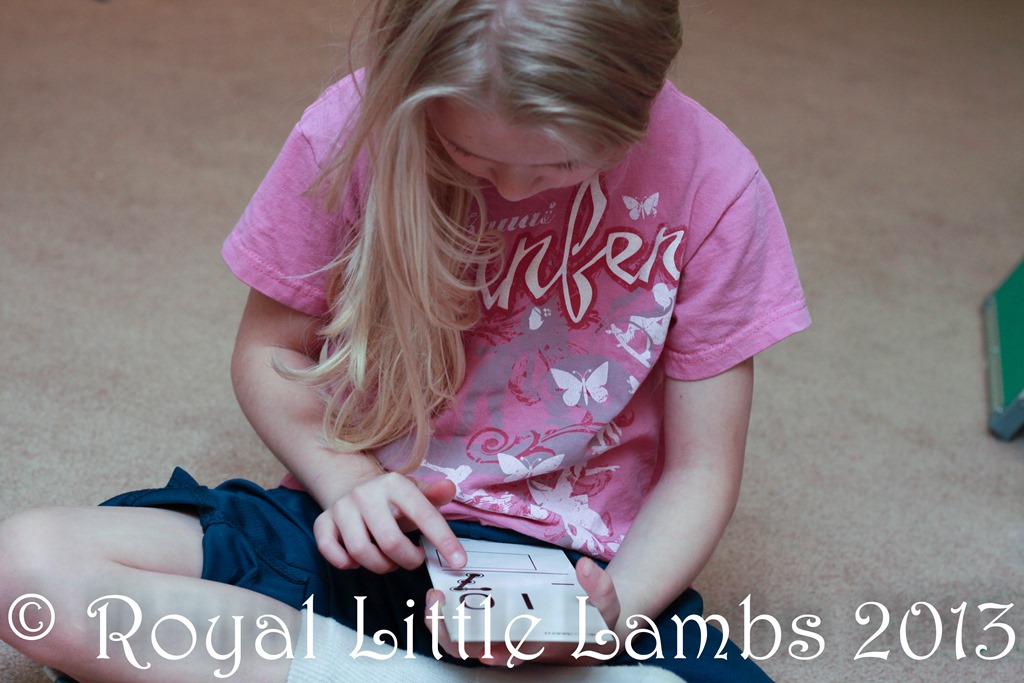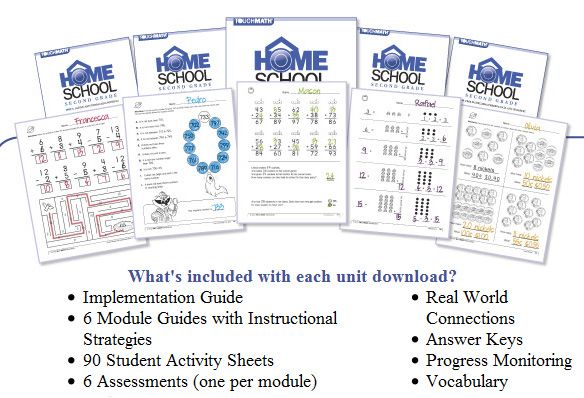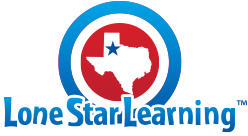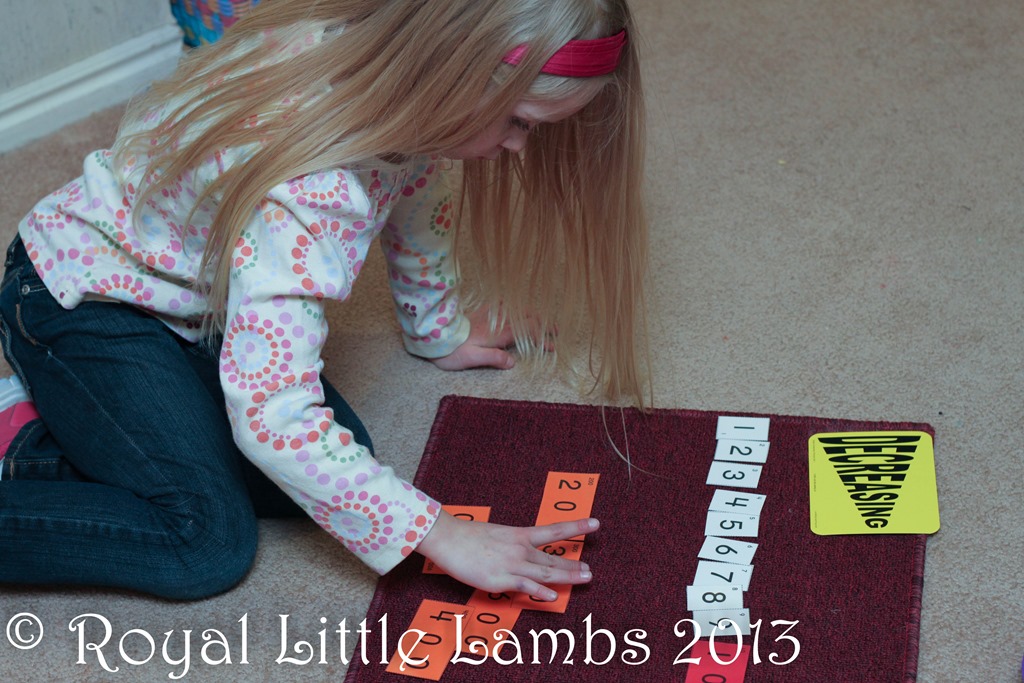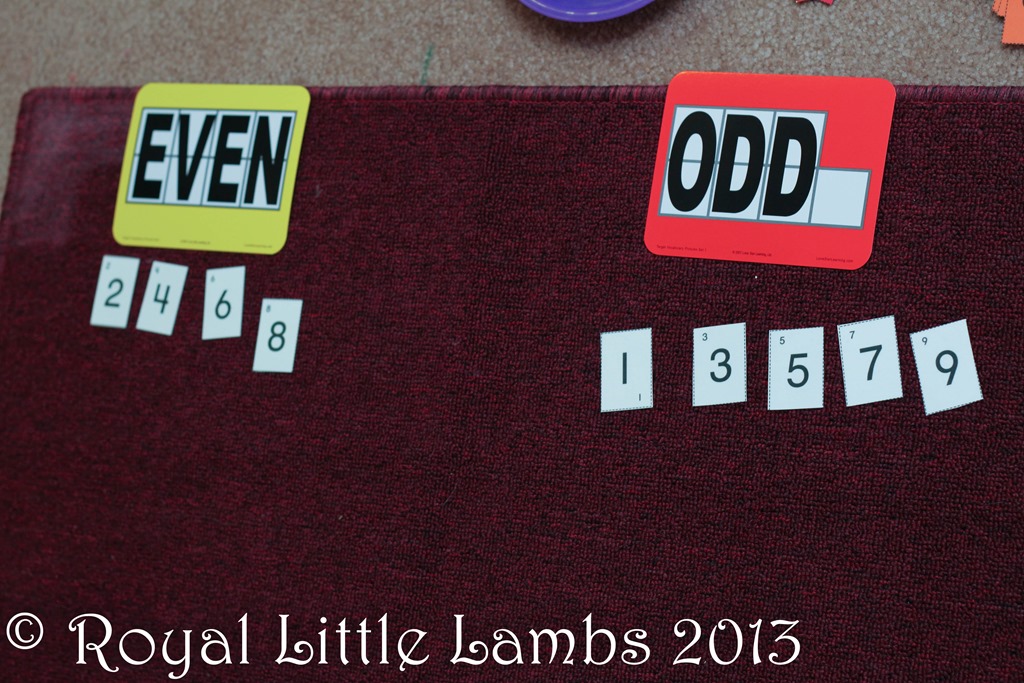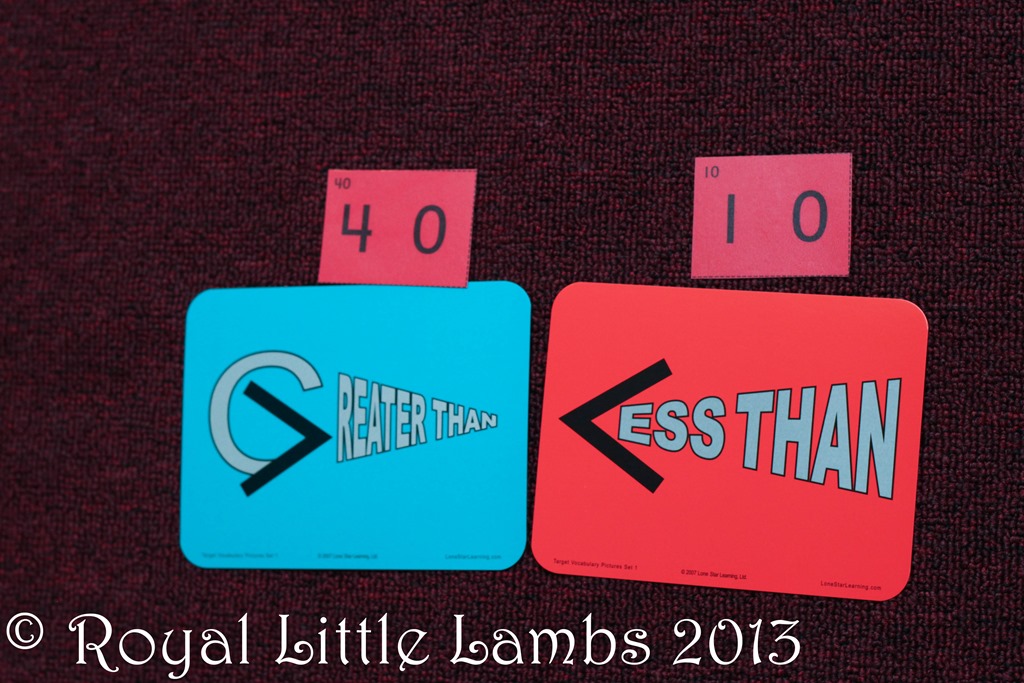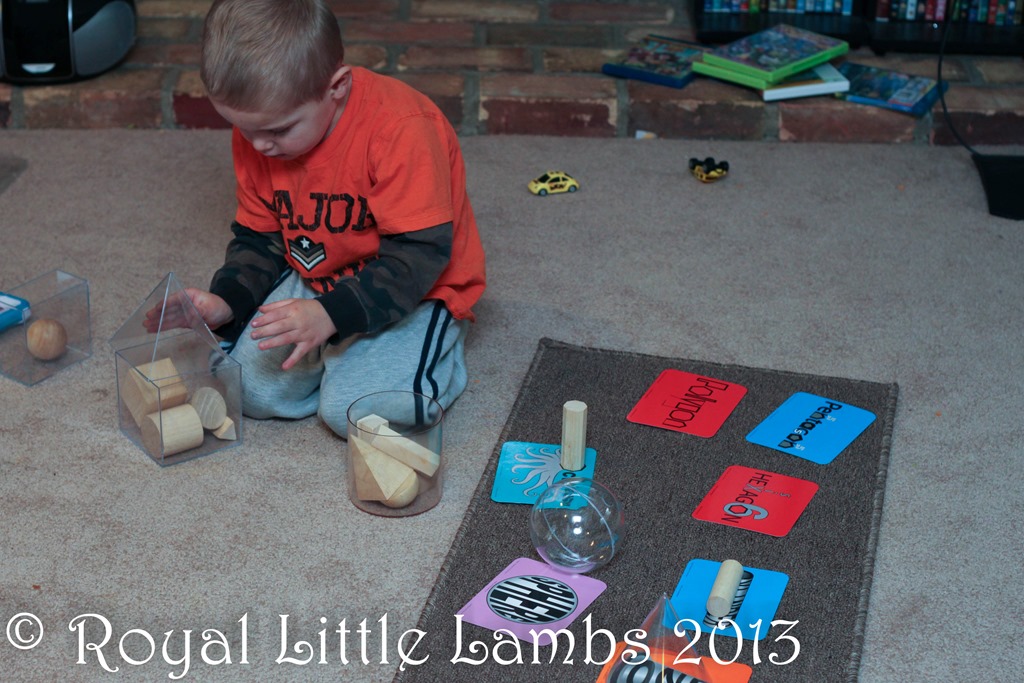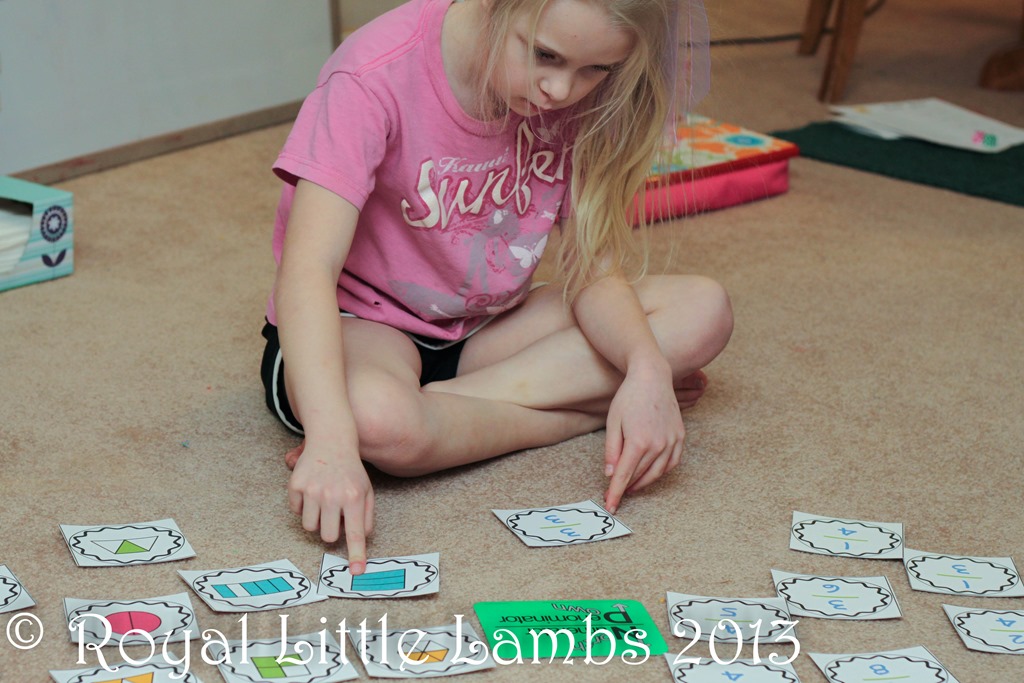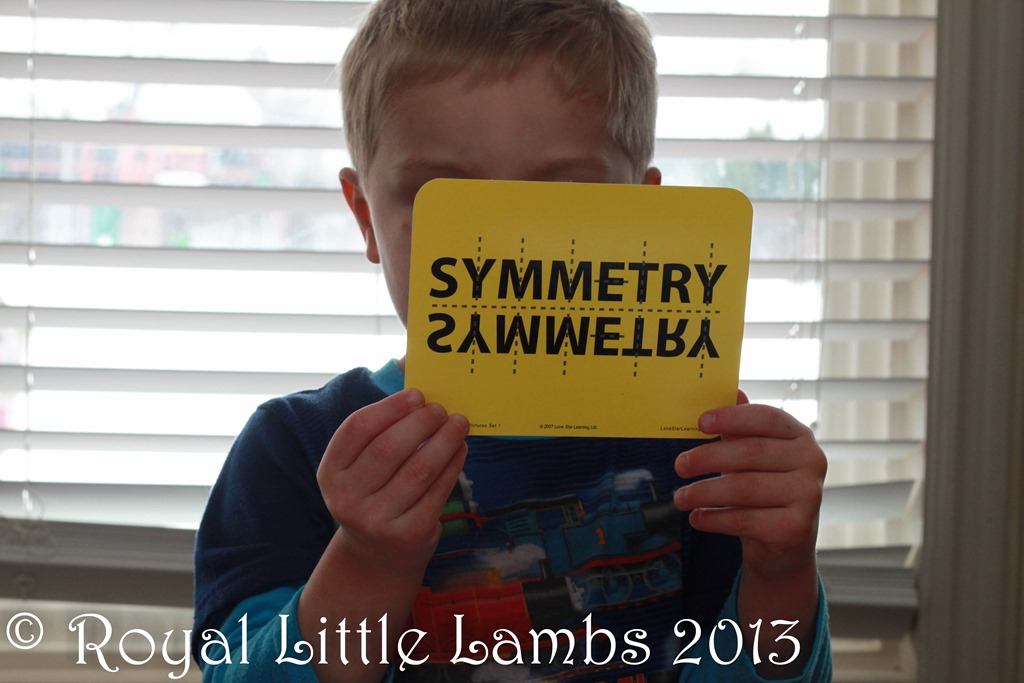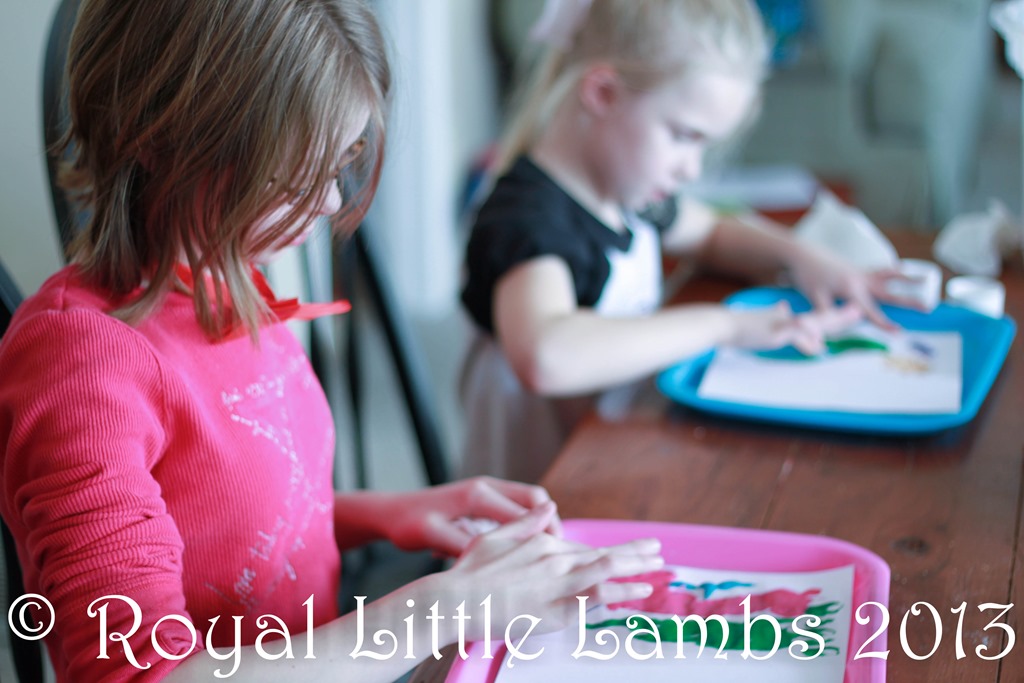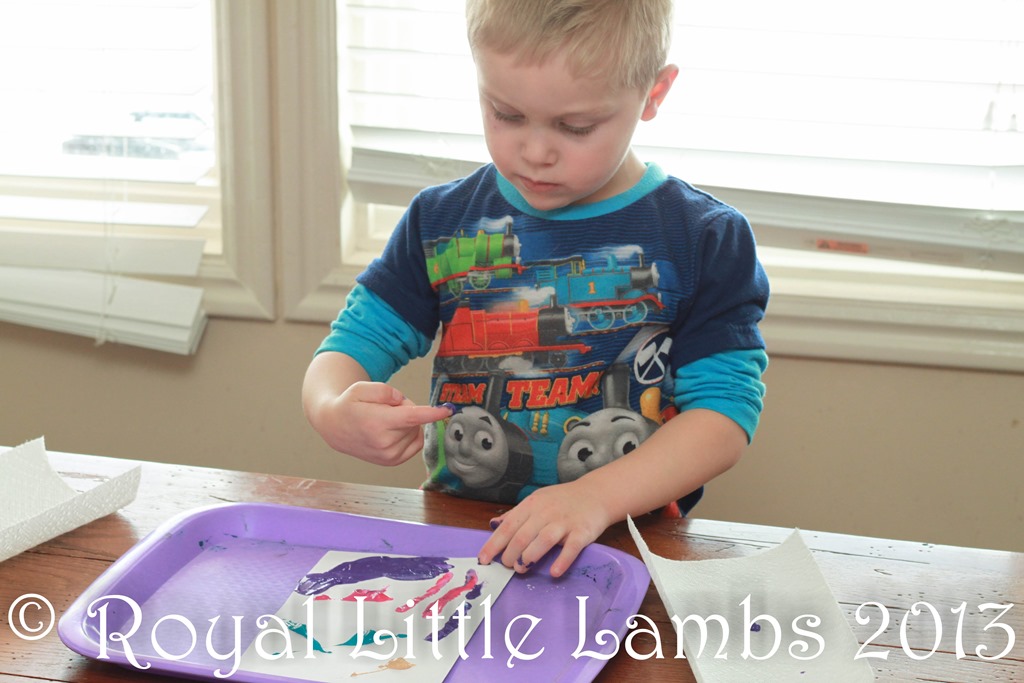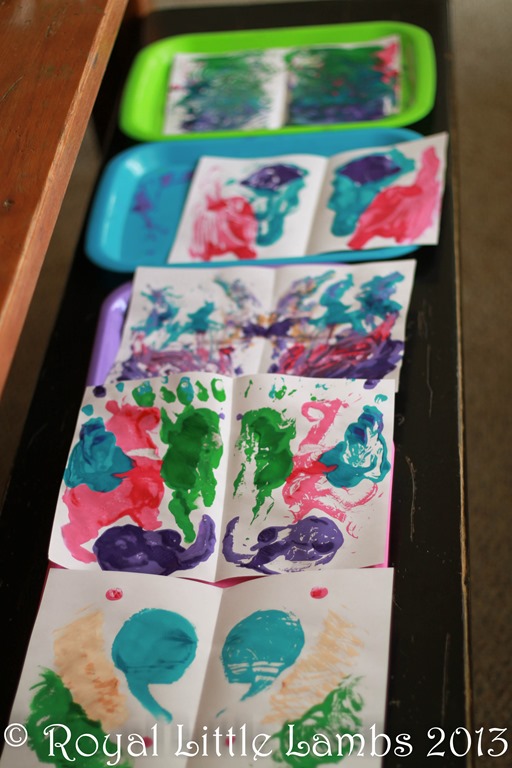Doing math drills is not my idea of fun. I don’t want to inflict that upon my children.
While we complete Singapore math workbooks and VideoText for high school, we really love reading about math in a fun way.
I love books and words and beautiful illustrations.
We love to read living math book or math stories that bring the numbers and equations to life in applied ways.

Life of Fred
We read a chapter of Life of Fred everyday with our morning read alouds.
I enjoy Life of Fred math books immensely and have learned so much more math than I did in Georgia public school. It’s really easy to understand and remember and apply.
We’re on Physics now with my kids – ages 10, 13, and 14.
Elementary Mathematics:
These ten books are designed to be used in alphabetical order as listed and cover grades 1-4.
- Apples
- Butterflies
- Cats
- Dogs
- Edgewood
- Farming
- Goldfish
- Honey
- Ice Cream
- Jellybeans
Middle Grades:
Intermediate Series 3-Book Set: Kidneys, Liver, and Mineshaft
Fractions to Pre-Algebra 5-Book Set: Fractions, Decimals and Percents, Pre-Algebra 0 with Physics, Pre-Algebra 1 with Biology, and Pre-Algebra 2 with Economics
High School and Beyond:
High School Set 1: Beginning Algebra and Advanced Algebra
High School Set 2: Geometry and Trigonometry
College Set of 5 Books: Calculus, Statistics, Linear Algebra, Five Days, and Real Analysis
Living Math Books (Stories)
- One Grain Of Rice: A Mathematical Folktale by Demi
- Math Curse by Jon Scieszka
- A Remainder of One by Elinor J Pinczes
- One Hundred Hungry Ants by Elinor J Pinczes
- Inchworm and A Half by Elinor J Pinczes
- The Librarian Who Measured the Earth by Kathryn Lasky
- Mathematicians Are People, Too: Stories from the Lives of Great Mathematicians
- Mathematicians Are People, Too: Stories from the Lives of Great Mathematicians, Vol. 2
- The Man Who Counted: A Collection of Mathematical Adventures by Malba Tahan
- The Number Devil: A Mathematical Adventure by Hans Magnus Enzensberger
- The Adventures of Penrose the Mathematical Cat by Theoni Pappas
- The Joy of Mathematics: Discovering Mathematics All Around You by Theoni Pappas
- Fractals, Googols, and Other Mathematical Tales by Theoni Pappas
- Ada Byron Lovelace & the Thinking Machine by Laurie Wallmark
- Grace Hopper: Queen of Computer Code by Laurie Wallmark
- Numbers in Motion: Sophie Kowalevski, Queen of Mathematics by Laurie Wallmark
- Billions of Bricks: A Counting Book About Building by Kurt Cyrus
- Inch by Inch by Leo Lionni
- The Grapes Of Math by Greg Tang
- Math-terpieces: The Art of Problem-Solving by Greg Tang
- The Best Of Times by Greg Tang
- Math Fables by Greg Tang
- Math Potatoes by Greg Tang
- Math for All Seasons by Greg Tang
- Infinity and Me by Kate Hosford
- Nothing Stopped Sophie: The Story of Unshakable Mathematician Sophie Germain by Cheryl Bardoe
- The Boy Who Loved Math: The Improbable Life of Paul Erdos by Deborah Heiligman
- Blockhead: The Life of Fibonacci by Joseph D’Agnese
- The Great Divide: A Mathematical Marathon by Dayle Ann Dodds
- Full House: An Invitation to Fractions by Dayle Ann Dodds
- How Much Is a Million? by David M Schwartz
- Millions to Measure by David M Schwartz
- If You Made a Million by David M Schwartz
- Zero the Hero by Joan Holub
- Zero by Kathryn Otoshi
- One by Kathryn Otoshi
- Two by Kathryn Otoshi
- Lemonade in Winter: A Book About Two Kids Counting Money by Emily Jenkins
- The Girl With a Mind for Math: The Story of Raye Montague by Julia Finley Mosca
- Each Orange Had 8 Slices by Paul Giganti Jr.
- 7 Ate 9 by Tara Lazar
- Of Numbers and Stars by D. Anne Love
- Mummy Math: An Adventure in Geometry by Cindy Neuschwander
- The Power of 10 by Judy Newhoff
- Perimeter, Area, and Volume: A Monster Book of Dimensions by David A. Adler
- Place Value by David A. Adler
- Fraction Fun by David A. Adler
- Max’s Math by Kate Banks
- Sheep Won’t Sleep: Counting by 2s, 5s, and 10s by Judy Cox
Living Math Series
- Charlesbridge Math Adventures
- Sir Cumference by Cindy Neuschwander
- Mitsumasa Anno
- Marilyn Burns
- Math and Magic Adventures by Lilac Mohr
- The Math Inspectors by Daniel Kenney
We check out lots of books from the library and add to our home library collection with some of the better quality math stories. These are fun to read during summer or for a math unit. Some are fun mysteries or teach historical math biographies.
We journaled a lot when my middle girls were younger. Math journals are a fun way to record learning and incorporate writing and art.
You might also like:
Linking up: Create with Joy, Kippi at Home, Mostly Blogging, Little Cottage, April Harris, Marilyn’s Treats, Anita Ojeda, Welcome Heart, Home Stories, Mary Geisen, Purposeful Faith, Suburbia, Our Home, LouLou Girls, Our Three Peas, Grandmas Ideas, Soaring with Him, Worth Beyond Rubies, Ducks in a Row, Girlish Whims, Fluster Buster, Gingersnap Crafts, Katherine’s Corner, Penny’s Passion, Anchored Abode, Crystal Storms, Debbie Kitterman, Slices of Life, CKK, OMHGW, Life Beyond the Kitchen, Answer is Choco, Simply Sweet Home, Momfessionals, Lyli Dunbar, CWJ, Fireman’s Wife, Being a Wordsmith, Random Musings,


